Order Passeriformes | Phylum Chordata Family Fringillidae Rank Species | |
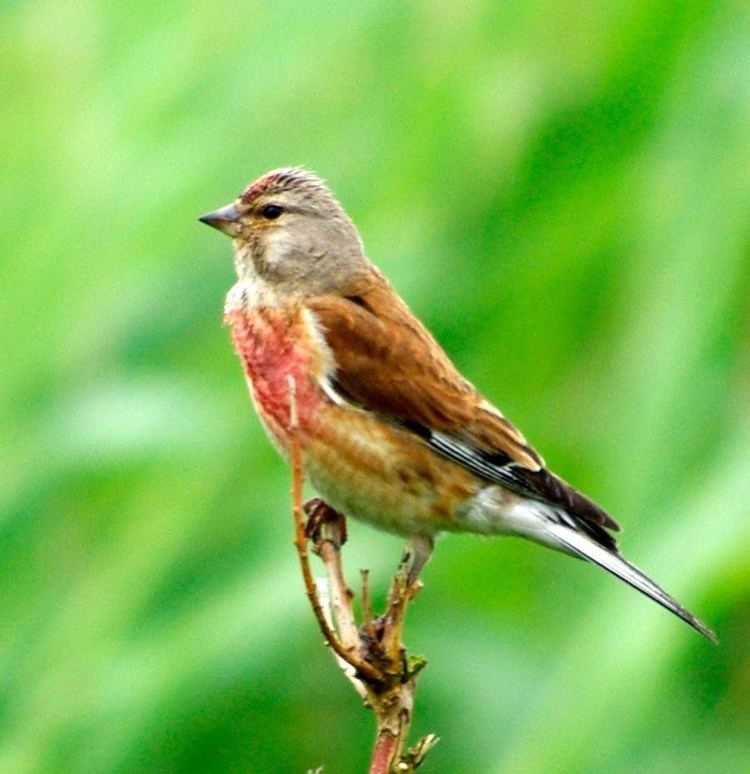 | ||
Genus LinariaBechstein, 1802 Similar Bird, European greenfinch, European goldfinch, European serin, Common chaffinch | ||
The common linnets calm after the storm the netherlands live eurovision song contest
The common linnet (Linaria cannabina) is a small passerine bird of the finch family, Fringillidae. It derives its scientific name from its fondness for hemp and its English name from its liking for seeds of flax, from which linen is made.
Contents
- The common linnets calm after the storm the netherlands live eurovision song contest
- The common linnets calm after the storm the netherlands 2014 eurovision song contest
- Taxonomy
- Description
- Distribution
- Behaviour
- Conservation
- References
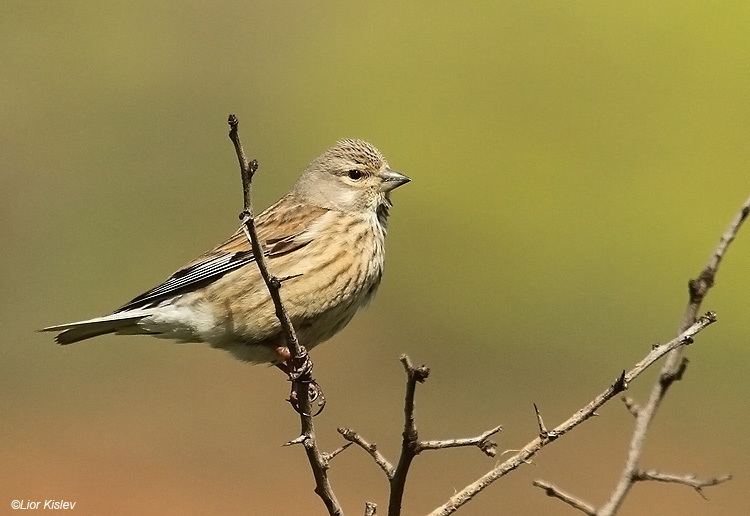
The common linnets calm after the storm the netherlands 2014 eurovision song contest
Taxonomy
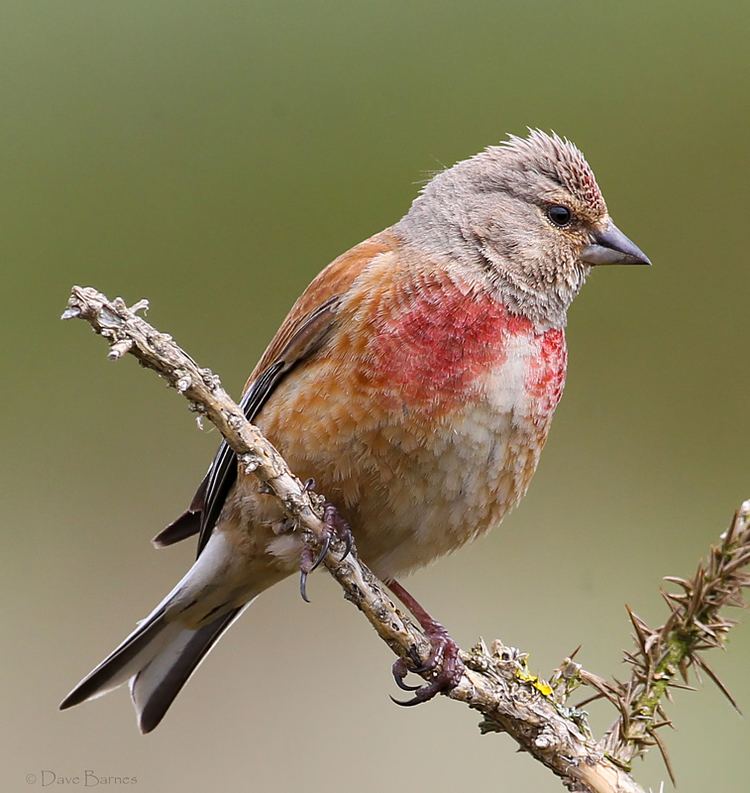
In 1758 Linnaeus included the common linnet in the 10th edition of his Systema Naturae under the binomial name, Acanthis cannabina.
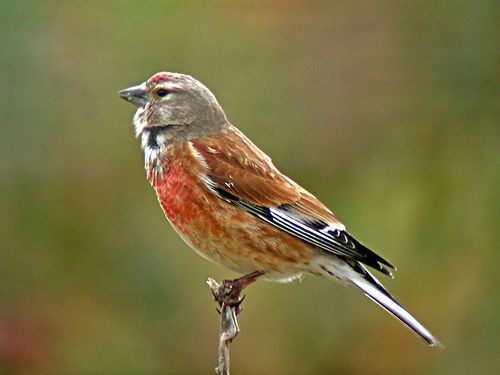
The genus name linaria is the Latin for a linen-weaver, from linum, "flax". The species name cannabina comes from the Latin for hemp. The English name has a similar root, being derived from Old French linette, from lin, "flax".
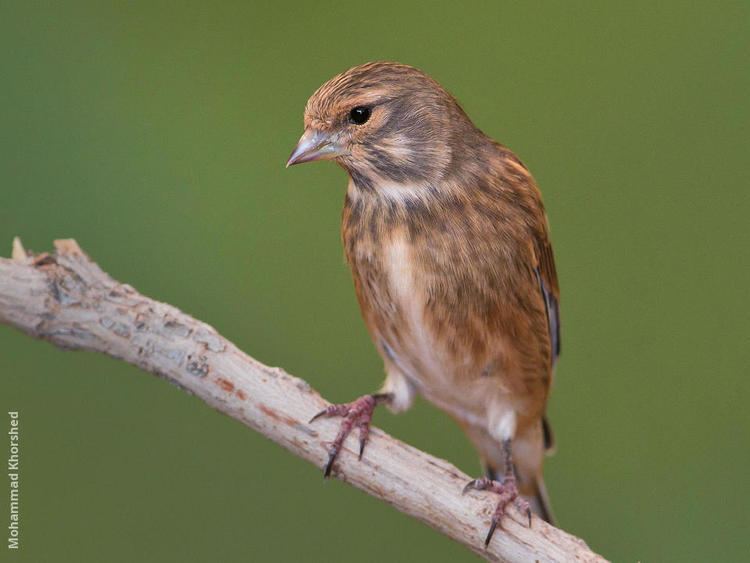
The common linnet was formerly placed in the genus Carduelis but was moved to the genus Linaria based on a phylogenetic analysis of mitochondrial and nuclear DNA sequences.
There are seven recognised subspecies:
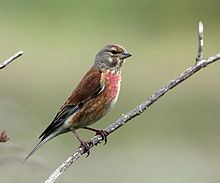
Description
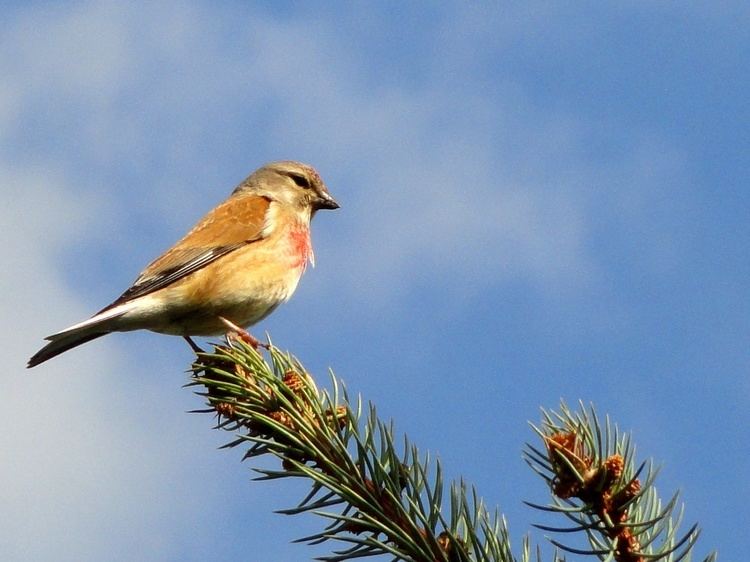
The common linnet is a slim bird with a long tail. The upper parts are brown, the throat is sullied white and the bill is grey. The summer male has a grey nape, red head-patch and red breast. Females and young birds lack the red and have white underparts, the breast streaked buff.
Distribution
The common linnet breeds in Europe, western Asia and north Africa. It is partially resident, but many eastern and northern birds migrate farther south in the breeding range or move to the coasts. They are sometimes found several hundred miles off-shore.
Behaviour
Open land with thick bushes is favoured for breeding, including heathland and garden. It builds its nest in a bush, laying 4-7 eggs.
This species can form large flocks outside the breeding season, sometimes mixed with other finches, such as twite, on coasts and salt marshes.
The common linnet's pleasant song contains fast trills and twitters.
It feeds on the ground, and low down in bushes, its food mainly consisting of seeds, which it also feeds to its chicks. It likes small to medium-sized seeds from most arable weeds, knotgrass, dock), crucifers (including charlock, shepherd's purse), chickweeds, dandelions, thistle, sow-thistle, mayweed, common groundsel, common hawthorn and birch. They have a small component of Invertebrates in their diet.
Conservation
The common linnet is listed by the UK Biodiversity Action Plan as a priority species. It is protected in the UK by the Wildlife and Countryside Act 1981.
In Britain, populations are declining, attributed to increasing use of herbicides, aggressive scrub removal and excessive hedge trimming; its population fell by 56% between 1968 and 1991, probably due to a decrease in seed supply and the increasing use of herbicide. From 1980-2009, according to the Pan-European Common Bird Monitoring Scheme, the European population decreased by 62%
Favourable management practices on agricultural land include:
